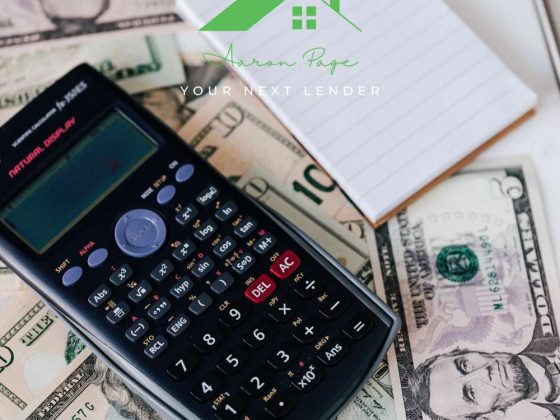Ah, the word Mortgage. It’s a word we’ve all heard at some point in our lives, right? For some, it’s the key to a dream home. For others, it’s a bit of an enigma. Today, we’re embarking on a journey to demystify the mortgage world. Buckle up!
What Exactly is a Mortgage?
Let’s start with the basics. A mortgage is essentially a loan specifically for purchasing real estate. In a mortgage agreement, the buyer borrows money from a lender (usually a bank) to buy a home or other real estate. Here’s the catch – the home or real estate you’re buying is also used as collateral for the loan.
Why is a Mortgage Necessary?
Unless you’re among the lucky few who can afford to buy a home with cold, hard cash, you’ll need a mortgage. They make homeownership accessible to the majority of us who don’t have hundreds of thousands (or even millions) lying around.
The Down Payment Conundrum
Alright, here’s where many folks get a little stumped. “Why can’t I borrow the full amount?” you might wonder. Well, lenders want to see that you have some skin in the game. This is where the down payment comes into play. Usually, you’d need to pay anywhere from 3% to 20% of the home’s price upfront. And guess what? The bigger your down payment, the smaller your loan amount will be. Win-win!
Mortgage Rates – Fixed or Variable?
Mortgage rates are a huge topic of interest (pun intended). The interest rate determines how much extra you’ll pay over the life of the loan. Broadly, there are two types:
- Fixed Rate: This means your interest rate will remain steady throughout the loan. Stability can be comforting.
- Variable Rate: With this, your rate might change based on market conditions. It’s a bit like a roller coaster – sometimes up, sometimes down.
The best one for you depends on your financial situation and risk tolerance. Do your homework and see which one aligns with your future goals.
Terms and Conditions Apply
The “term” of a mortgage refers to how long you have to repay it. The most common term in the U.S. is 30 years, but 15-year terms are also popular. Shorter terms generally have higher monthly payments but result in less interest paid over the life of the loan.
Pre-approvals, Approvals, and Everything In Between
Before you dive head-first into the property market, getting pre-approved can be a great idea. This is essentially a nod from the lender saying, “Based on your financials, we’d probably lend you this much.” It can give you a clear picture of what you can afford and show sellers that you’re serious.
Extra Costs? Yes, There Are a Few.
It’s easy to think that the down payment and mortgage payments are all there is. But remember, there are other costs like closing costs, property taxes, homeowner’s insurance, and possibly homeowner association fees. Always budget for these.
Decoding the Mortgage Process
Now that we’ve got the basics out of the way, let’s talk about the process. You’ll start by researching to find the best lender for your needs. Then, after settling on one, you’ll complete an application and provide necessary documentation. If everything looks good, the lender will appraise the home to ensure its value matches the purchase price. Finally, if all goes well, you’ll close the deal and become a homeowner!
Final Thoughts
Navigating the world of mortgages might seem daunting, but it’s all about taking it one step at a time. Remember, this is a journey towards one of the biggest purchases of your life. It’s okay to ask questions, do thorough research, and lean on professionals for guidance.




